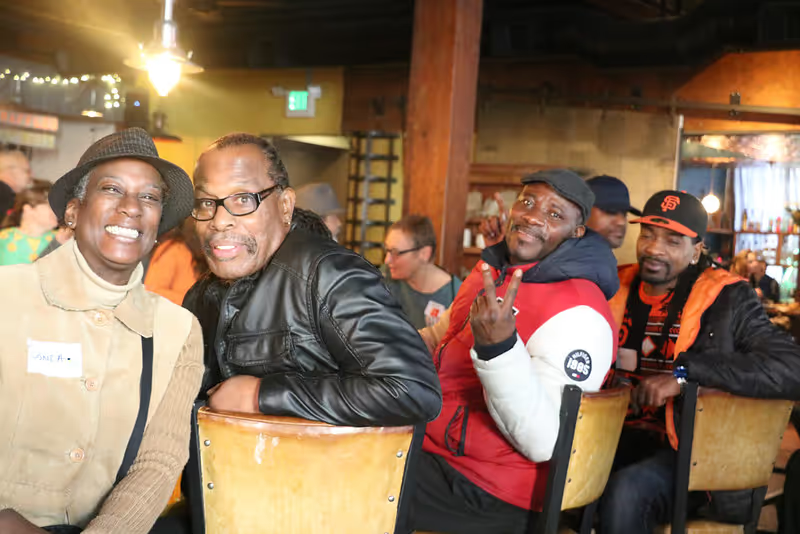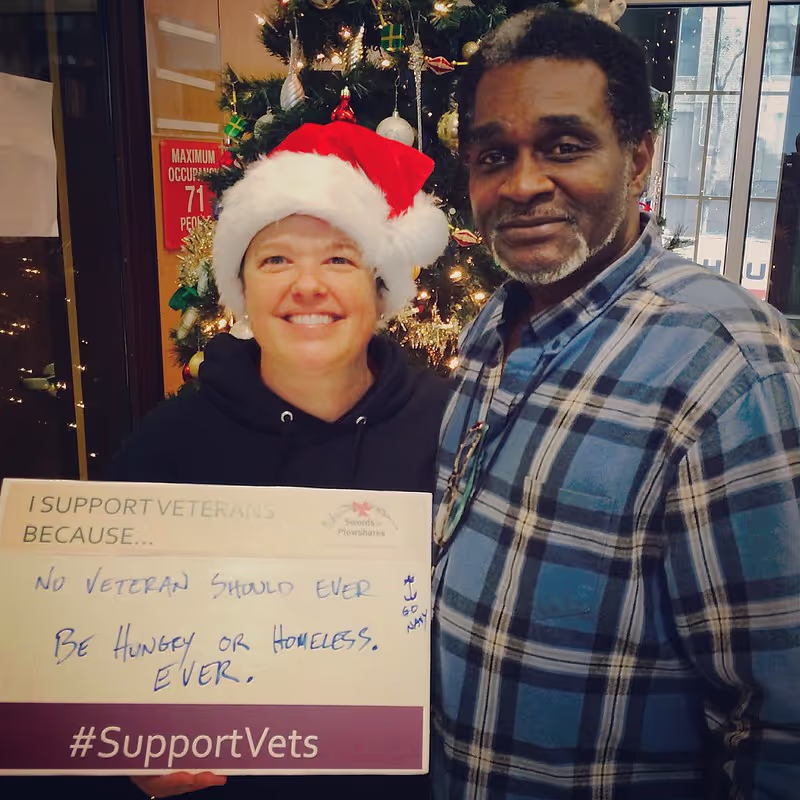Point-in-Time (PIT) count estimates—based on an annual count on a single night in January of veterans who are unhoused and sleeping outdoors, in places not meant for habitation, and in shelters—show around 35,000 veterans are unhoused. This number has varied slightly but remained static in recent years.
Numbers of unhoused veterans tend to fluctuate even as localities declare “Functional Zero,” and some providers find they are now trying to reach those who are hardest to reach and serve. Women veterans in particular, because of trauma history or because they are often single mothers of dependent children, are less likely to be on the streets or in shelters—places where the PIT count would find them.
Maintaining veterans in supportive housing is a significant challenge and providers need additional resources to provide safe and accessible physical structures as well as adequate supportive staff. While the VA does provide HUD-VASH social work support, it is often not enough to maintain veteran needs. VA staff are only available during business hours and site-based HUD-VASH supported sites must maintain safe and supportive environments 24/7. On-site providers can be there at any time they are needed and can better develop trust. In addition, lack of VA access for veterans with other than honorable (OTH) discharges can’t be tackled at the organizational level and requires VA systematic solutions.
There is no moment to congratulate all and move on to other issues. The hard fought for systems remain in place to maintain Functional Zero as individuals move in and out of homelessness. Also, keeping veterans housed is as important as ending homelessness, and the goodwill extended to take veterans off the streets should be continued to keep them from returning.
Formerly unhoused veteran, Reina, discusses her experience coming out as transgender, losing community support and ending up unsheltered, then getting placed in housing and employment.









